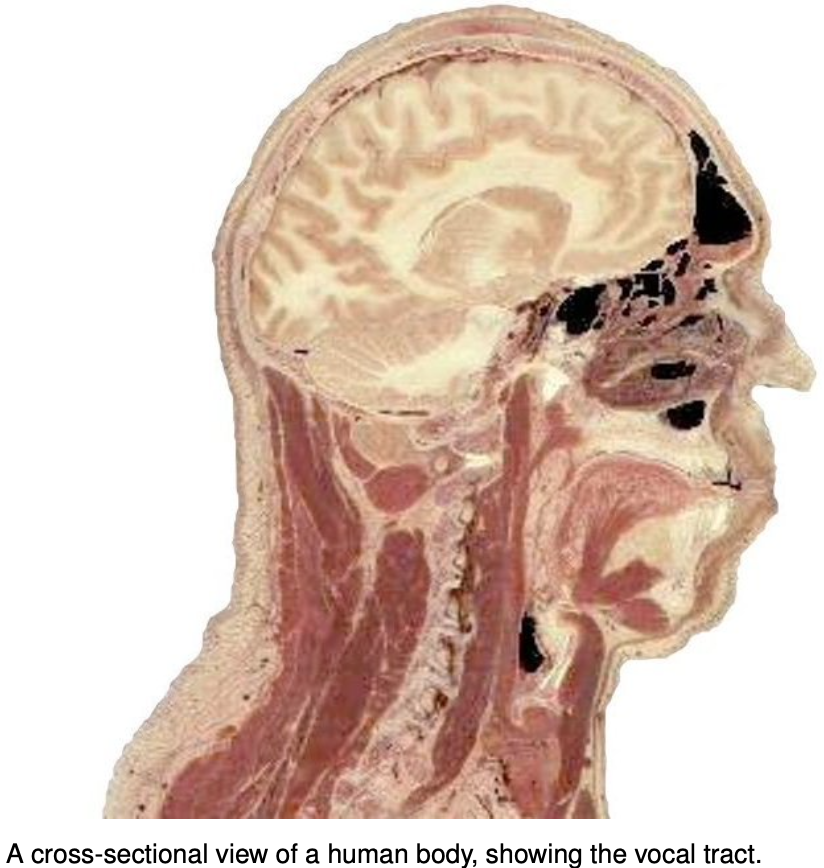20. Bounded waves by Benjamin Crowell, Light and Matter licensed under the Creative Commons Attribution-ShareAlike license.
Chapter 20. Bounded waves

Speech is what separates humans most decisively from animals. No other species can master syntax, and even though chimpanzees can learn a vocabulary of hand signs, there is an unmistakable difference between a human infant and a baby chimp: starting from birth, the human experiments with the production of complex speech sounds.
Since speech sounds are instinctive for us, we seldom think about them consciously. How do we do control sound waves so skillfully? Mostly we do it by changing the shape of a connected set of hollow cavities in our chest, throat, and head. Somehow by moving the boundaries of this space in and out, we can produce all the vowel sounds. Up until now, we have been studying only those properties of waves that can be understood as if they existed in an infinite, open space. In this chapter we address what happens when a wave is confined within a certain space, or when a wave pattern encounters the boundary between two different media, as when a light wave moving through air encounters a glass windowpane.
20. Bounded waves by Benjamin Crowell, Light and Matter licensed under the Creative Commons Attribution-ShareAlike license.